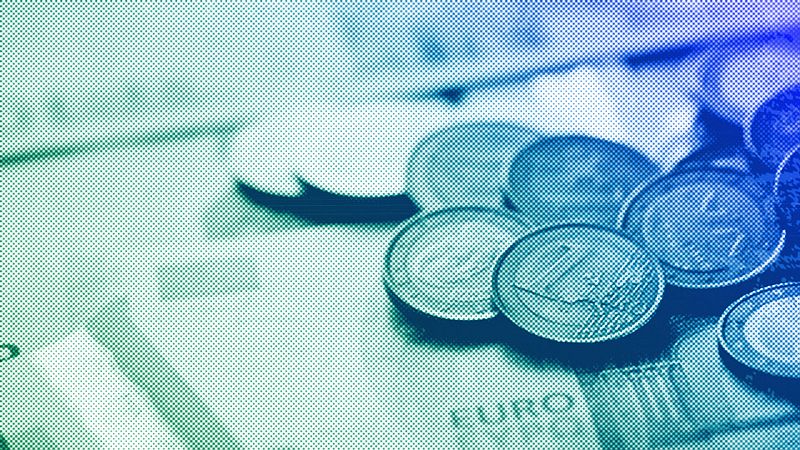
Recent market trends indicate an increasing perception of the euro as a safe-haven currency, meaning it attracts capital in times of financial uncertainty or panic.
While not always positive, being a safe haven currency has the potential to strengthen the role of the euro in the world economy.
However, with the US dollar still dominating official foreign exchange reserves at 58% compared to the euro's 20%, the question is whether this trend can persist and become the status quo.
In our view, it can – but not unconditionally, especially without a true Hamiltonian moment on European public debt.
Europe should expand its domestic economy
From a purely foreign exchange perspective, we expect the euro to appreciate to its fair value of approximately $1.15 per euro. Sustaining this level will depend on the European economy's ability to rebalance its growth model towards domestic demand and reduce its trade surplus.
The European economy is heavily reliant on global trade, a trait deeply ingrained in its DNA as a project rooted in the principles of the Washington Consensus. If the US market were to close to imports, Europe would face intensified competition from China on its domestic market.
Compared to Europe, China has competitive advantages in terms of production scale, energy costs, business regulation and technology. The risk of being overwhelmed by Chinese products unable to enter the US market is significant.
To rebalance without abandoning its free trade ethos, Europe must significantly expand its domestic economy.
This process is under way, driven partly by Germany's stimulus package, which is expected to have a substantial impact on other European economies. Additionally, increased defence spending across EU countries could further bolster economic growth.
We estimate that the combined effects of Germany's stimulus and higher defence spending could add a quarter point to the European GDP in 2026 and even half a point in both 2027 and 2028. In a region where the long-term growth trend hovers around 1.2%, this is not to be sniffed at.
These gradual changes are positive, especially since they are being implemented through a rules-based framework, which could enhance the euro's safe haven status. However, relying solely on fiscal stimulus may be insufficient due to the limited fiscal space provided by European budget rules and the small size of the EU budget, which we assume is likely to persist.
To successfully rebalance its economy by boosting domestic demand without overburdening public debt, Europe should leverage its strengths in skills and savings, alongside its rules-based order. This calls for comprehensive reforms, starting with lowering internal trade barriers.
Sustaining euro's rise requires more than just fiscal stimulus
A recent IMF paper suggests that reducing internal trade barriers to levels similar to those between US states could increase Europe's GDP per capita by 7 points.
This gain is twice the value of Europe's exports to the US and would help Europe regain scale within the single market.
It will also be vital to deliver on the Savings and Investment Union (SIU). A recent OECD study indicates that higher market capitalisation can significantly lift GDP per capita, by about 2.5 points if market capitalisation increases by one standard deviation, equivalent to roughly 6% of GDP.
This improvement in savings allocation could finance more innovation and help Europe regain its technological edge.
While the euro's rise as a safe haven is promising, sustaining this trend requires more than just fiscal stimulus. It demands long-term structural reforms that enhance the efficiency of the single market and rebalance global capital attraction.
By focusing on these areas, Europe can strengthen its economic model and solidify the international role of the euro.
What is at stake is significant: an improved ability to absorb external shocks and enhanced independence from US monetary policy.
Sylvain Broyer is Chief Economist, EMEA at S&P Global Ratings.







